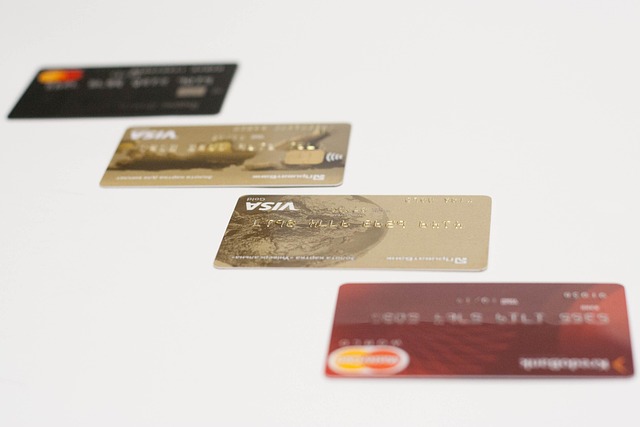Learn How to Buy a Car Now and Pay Later — What You Need to Know
Buying a car is a significant financial decision, and many consumers are exploring flexible payment options to make their purchase more manageable. Buy now, pay later (BNPL) arrangements for vehicles have become increasingly popular, offering various ways to defer payments while driving home in a new car. Understanding these options and their long-term implications is crucial for making an informed decision.

What Are the Main Types of Pay Later Car Options?
Several deferred payment plans are available when purchasing a vehicle. Traditional auto loans with deferred first payments typically allow 45-90 days before the first payment is due. Some dealers offer special financing programs with zero down payment and delayed payment starts. Additionally, manufacturers occasionally run promotion periods with deferred payment options, especially during end-of-year sales events.
How Do Deferred Car Payment Plans Actually Work?
Deferred car payment plans allow buyers to postpone initial payments while taking possession of the vehicle immediately. The arrangement typically involves a credit check and formal agreement outlining payment terms. Interest may still accrue during the deferral period, though some promotional offers include zero interest for a specified time. Most plans require proof of income and a solid credit history to qualify.
What Are the Benefits and Risks of Car Payment Deferral?
Benefits include immediate vehicle access, improved cash flow management, and potential zero-interest periods. However, risks involve higher overall costs due to extended loan terms, potentially higher interest rates after promotional periods end, and the risk of negative equity. Some buyers may also face larger monthly payments once the deferral period concludes.
How Does a Long-term Car Cost Analysis Impact Your Decision?
When considering pay later options, a comprehensive long-term car cost analysis is essential. This includes calculating total interest paid, comparing different loan terms, and factoring in depreciation. Buyers should also consider maintenance costs, insurance premiums, and potential changes in financial circumstances over the loan period.
What Are Current Market Options for Deferred Car Payments?
Major auto manufacturers and financial institutions offer various deferred payment programs:
| Provider | Program Type | Deferral Period | Interest During Deferral |
|---|---|---|---|
| Toyota Financial | First Payment Defer | 90 days | Accrues |
| Honda Financial Services | Payment Plus | 60 days | Zero interest |
| Ford Credit | Built for the Road Ahead | 120 days | Varies by credit |
| Bank of America | Auto Loan Deferral | 90 days | Accrues |
Prices, rates, or cost estimates mentioned in this article are based on the latest available information but may change over time. Independent research is advised before making financial decisions.
What Should You Consider Before Choosing a Payment Plan?
Before selecting a deferred payment plan, evaluate your financial stability, credit score, and long-term budget. Calculate the total cost of ownership, including interest, insurance, and maintenance. Compare offers from multiple lenders and carefully review all terms and conditions. Consider consulting a financial advisor to understand how the payment plan fits into your overall financial strategy.
The decision to use a buy now, pay later option for a car purchase should be based on careful consideration of your financial situation, the total cost of the arrangement, and your ability to manage future payments. While these plans can provide flexibility, they require thorough research and planning to ensure they align with your long-term financial goals.




